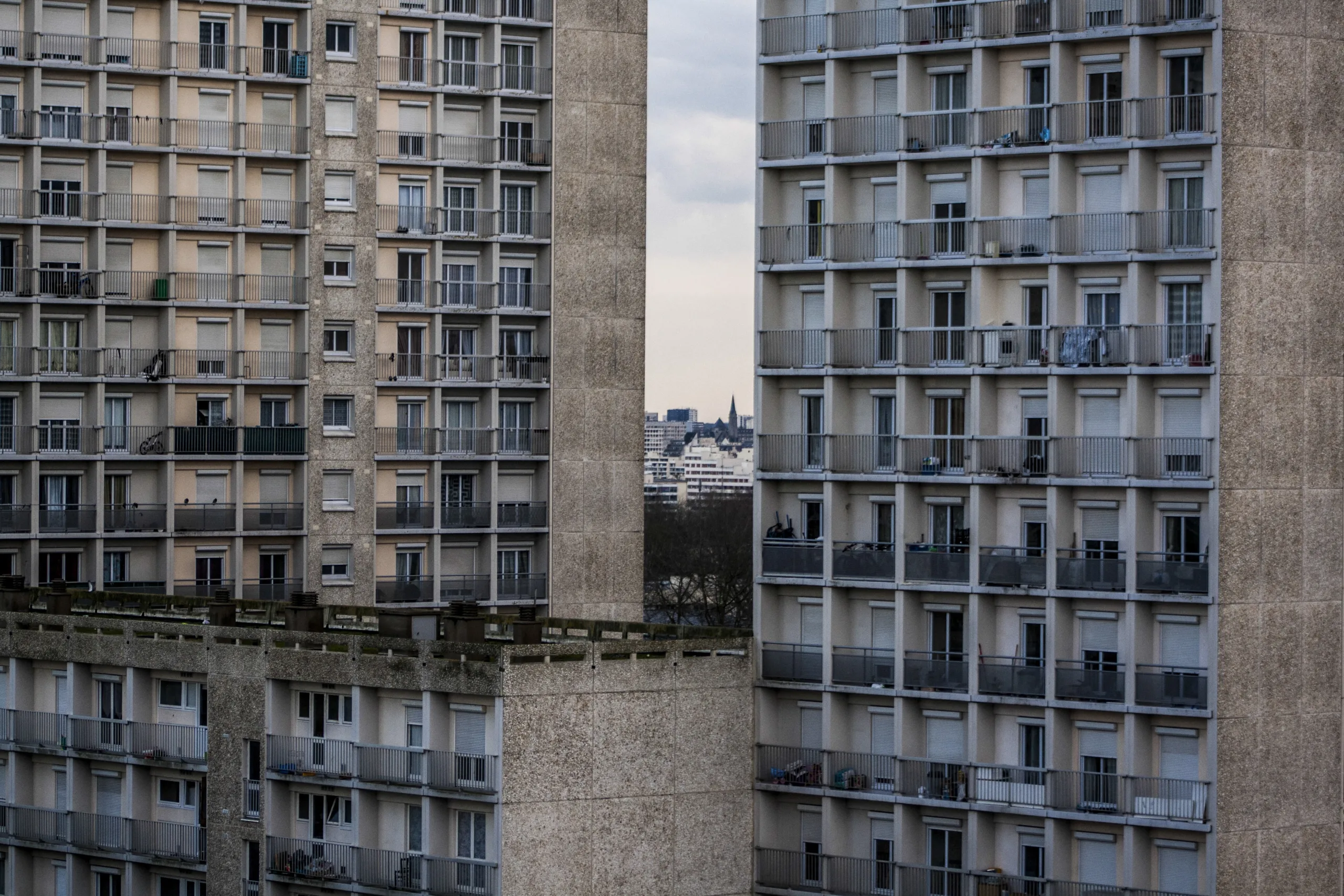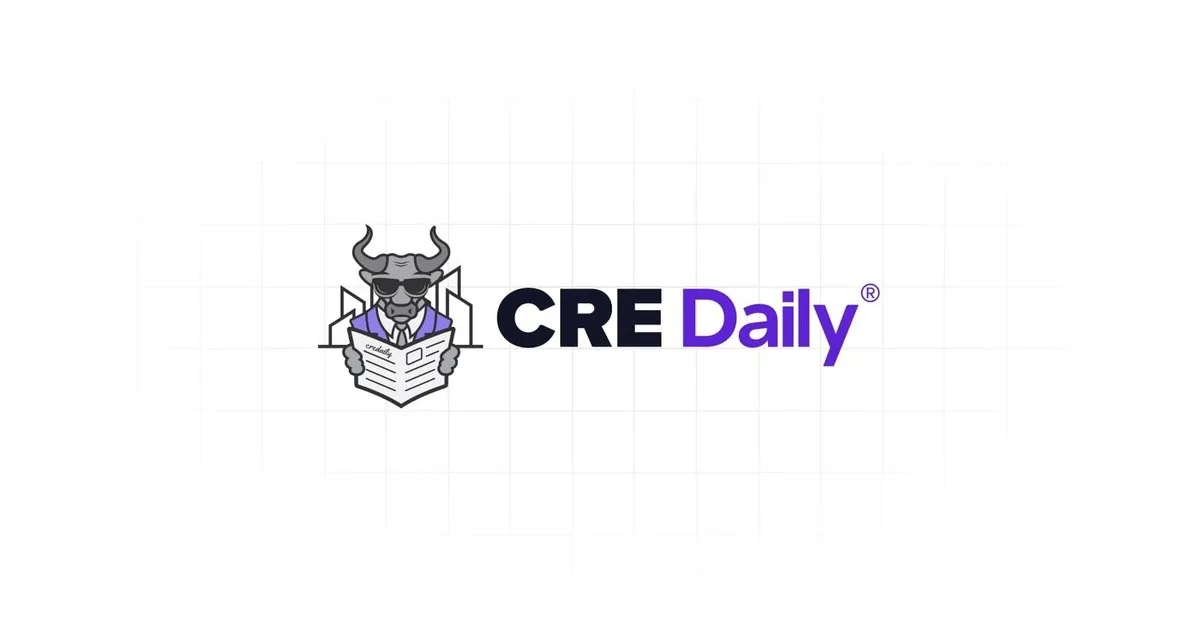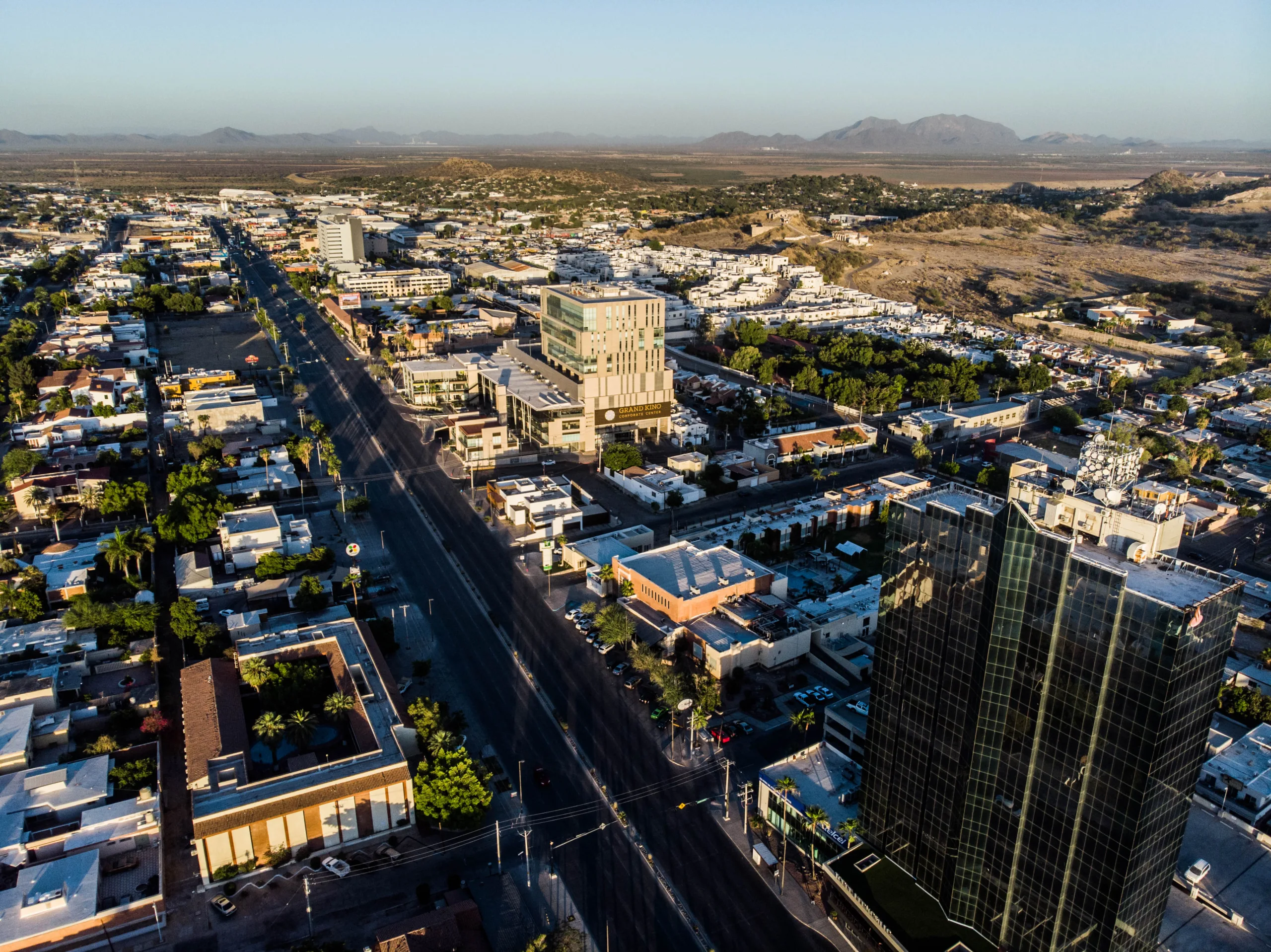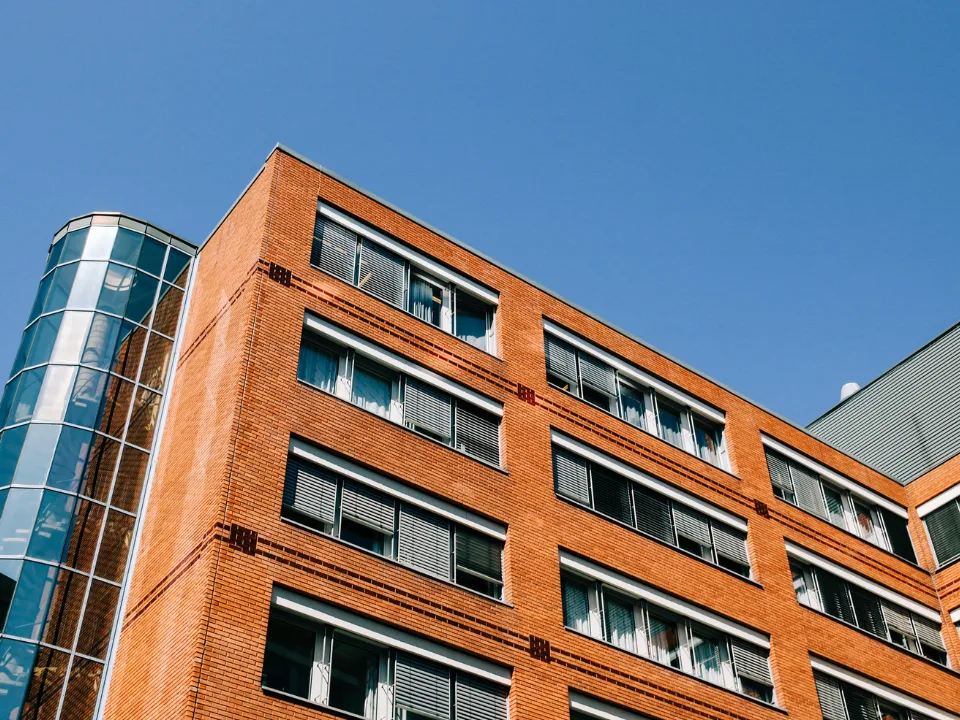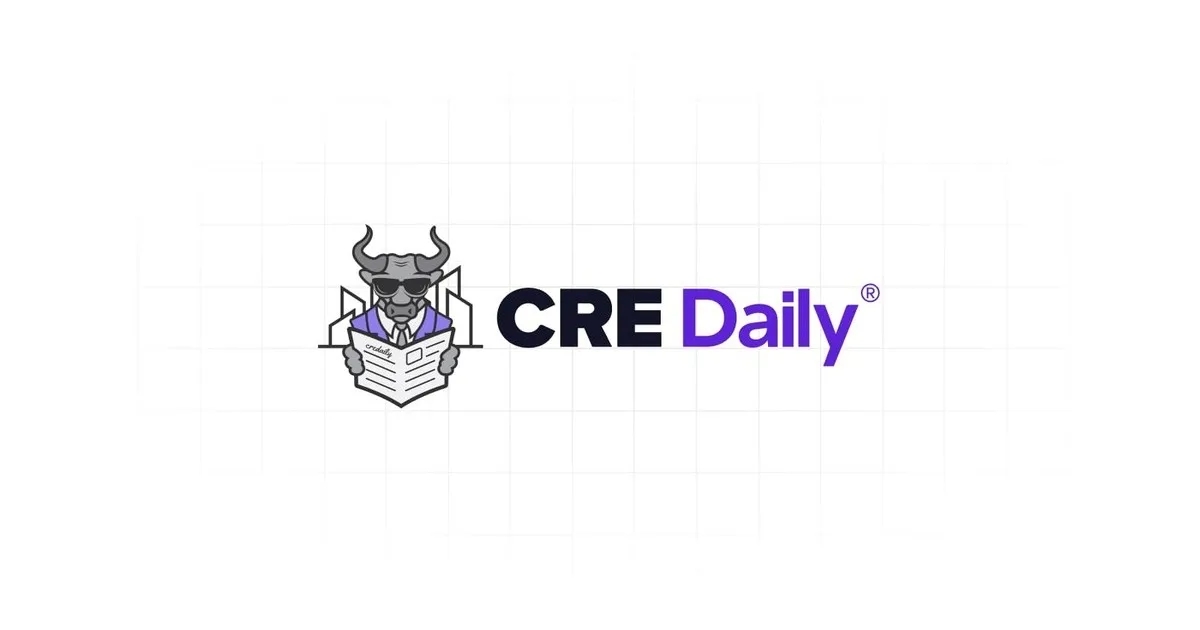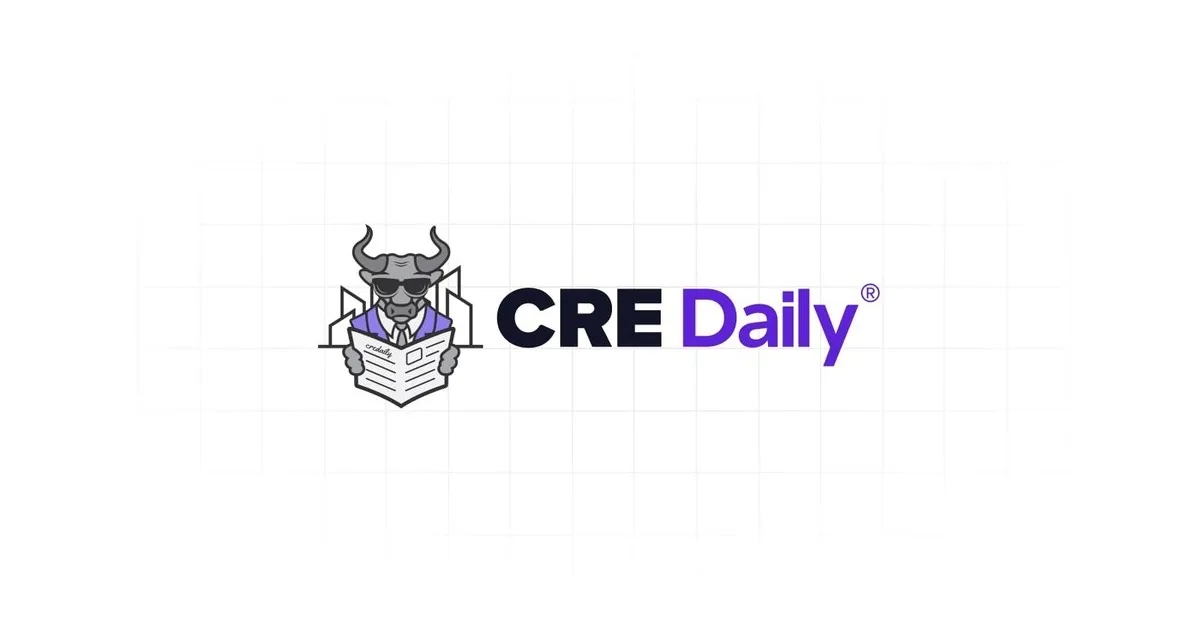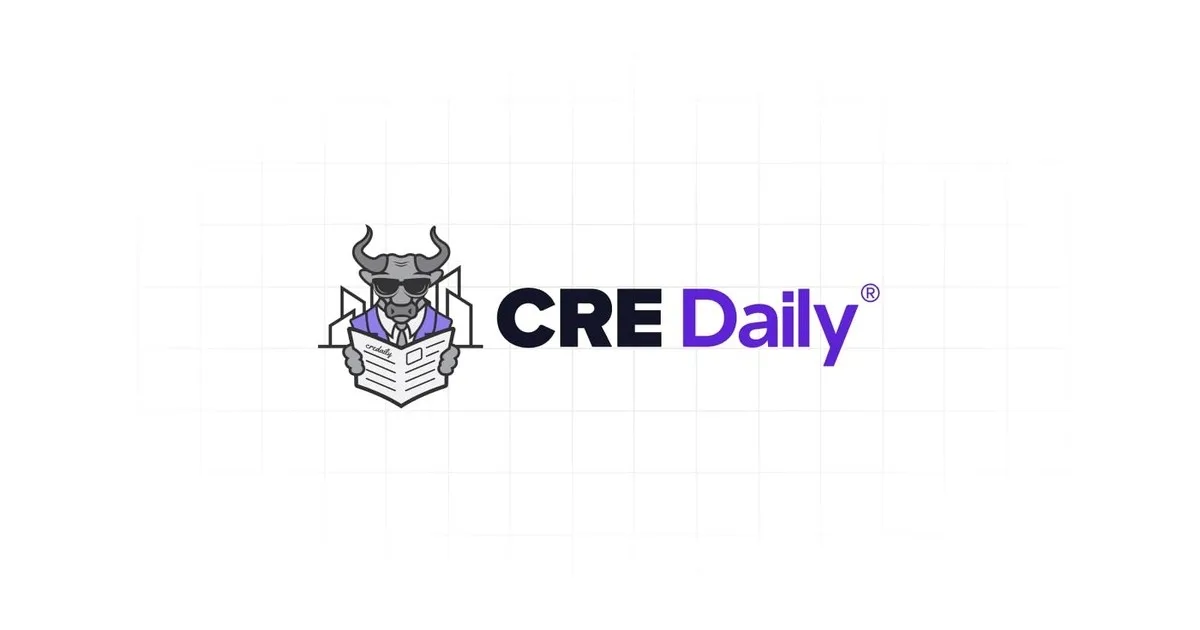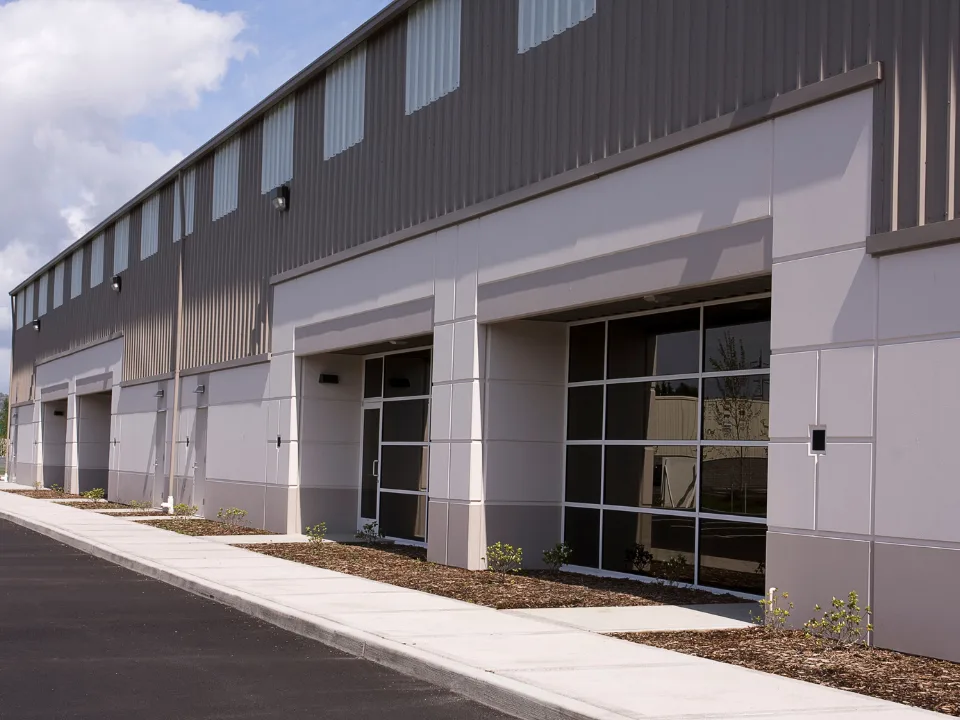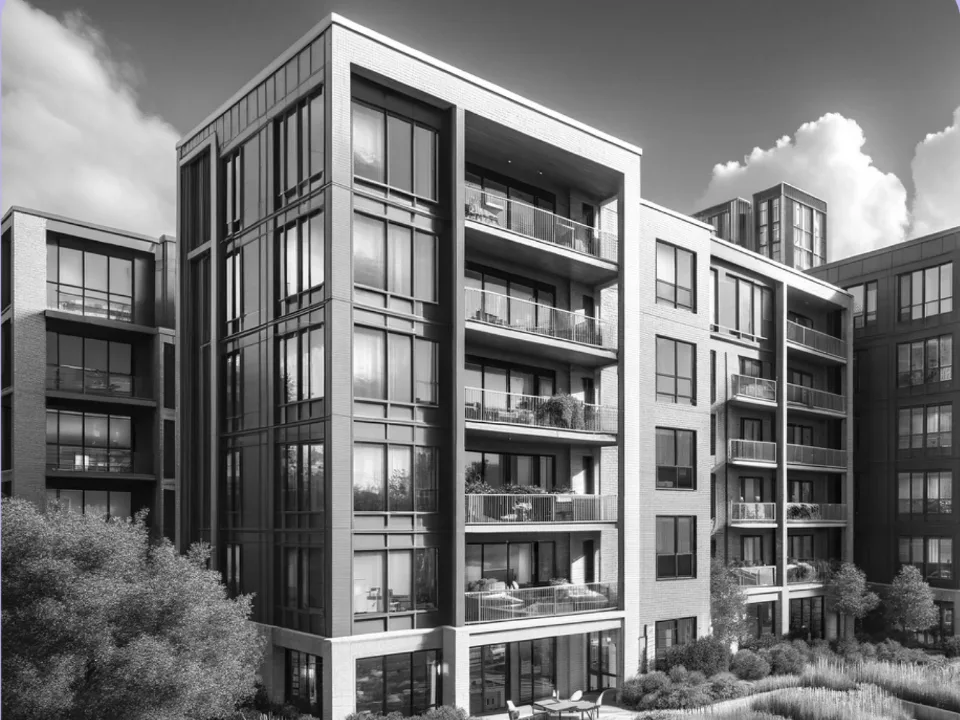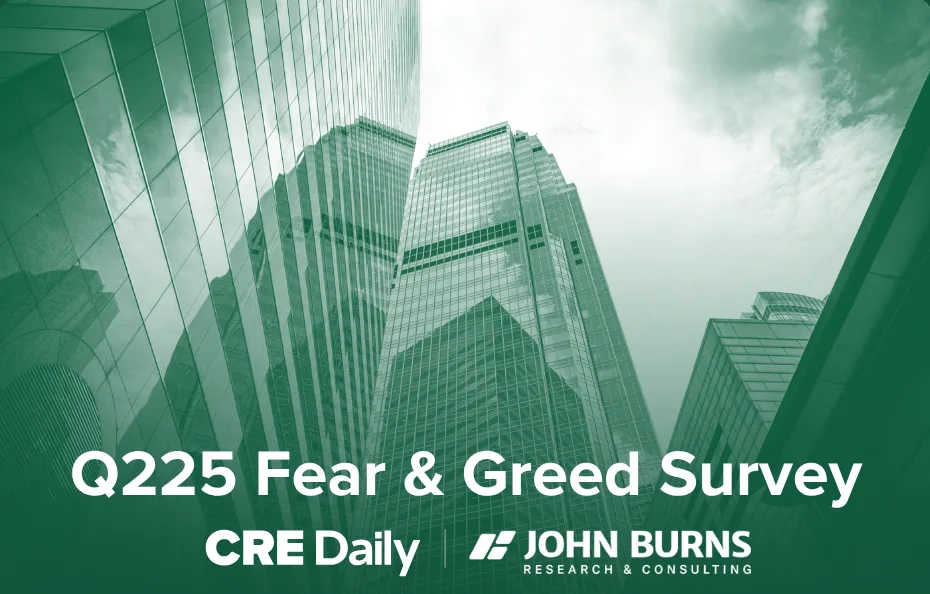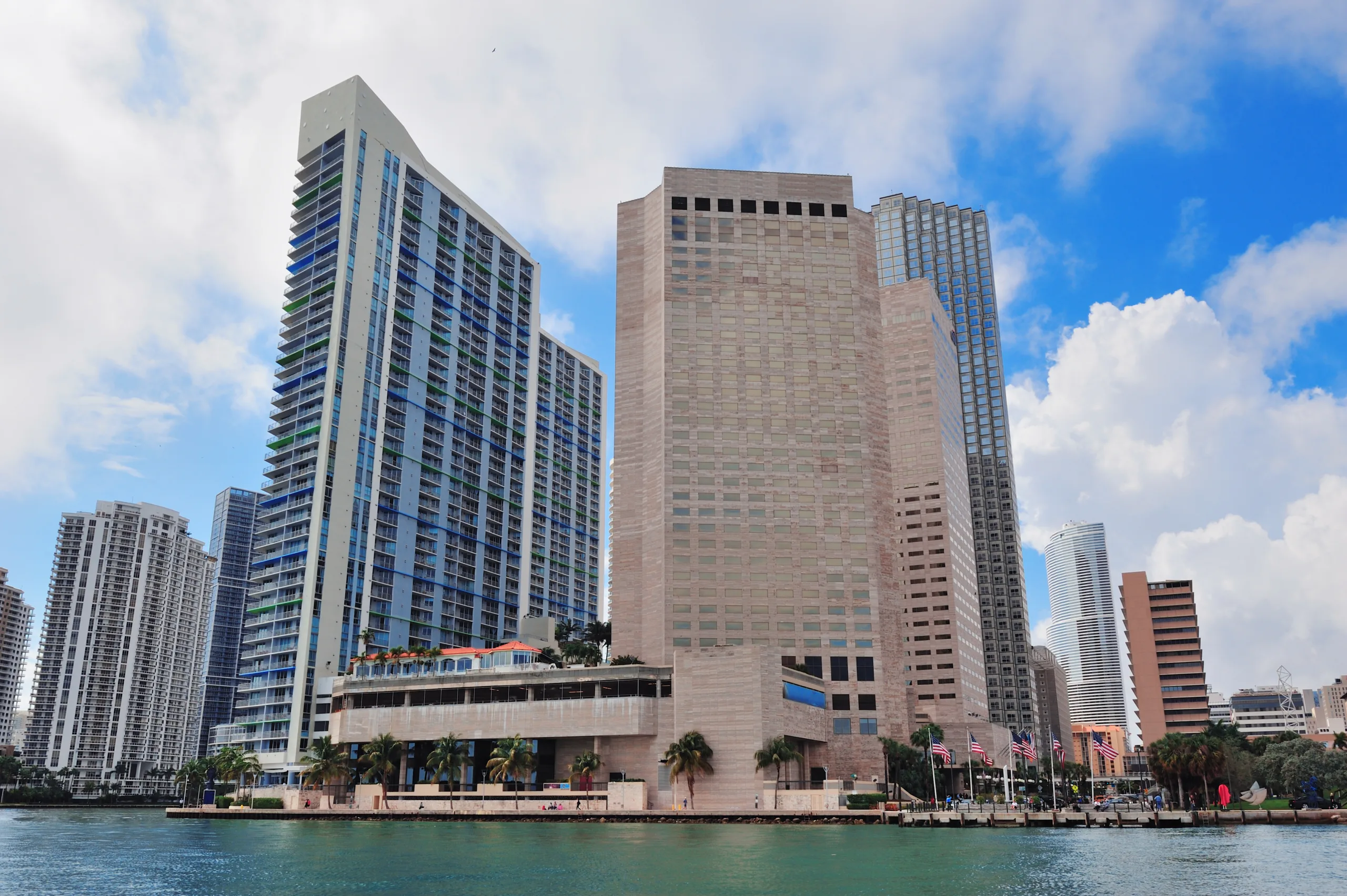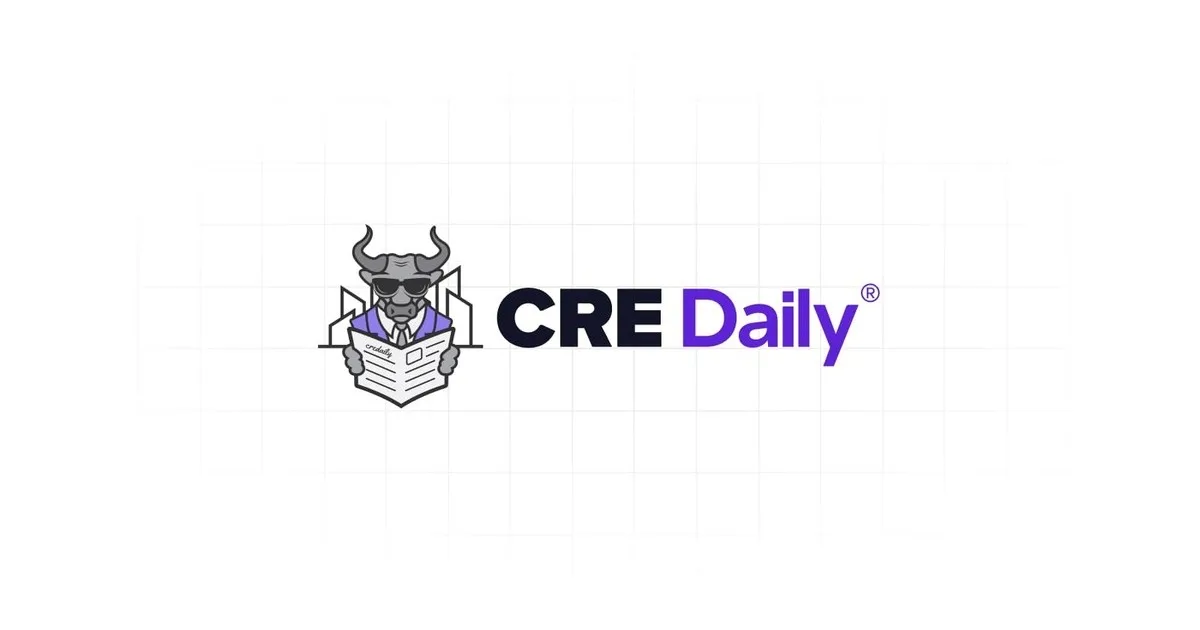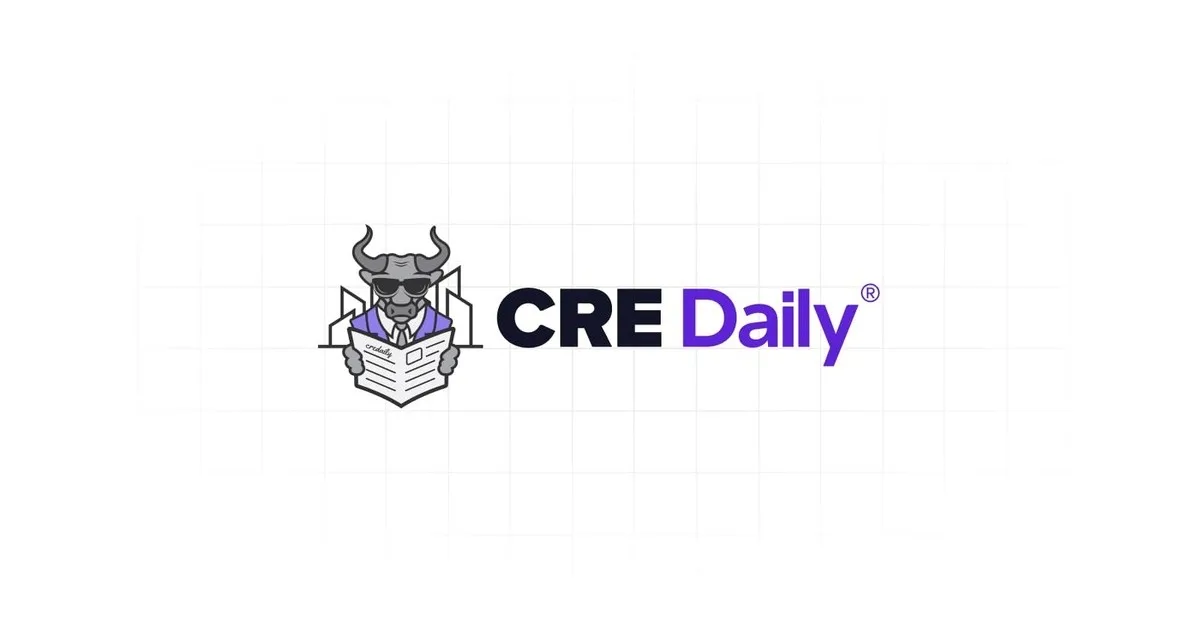- Renting remains far more affordable than buying a home, with a $1,210 monthly cost gap—nearly triple the historical average.
- Multifamily demand outpaced supply by over 130,000 units in the past year, despite record-high new deliveries.
- Investment in multifamily is rebounding, with $30B in Q1 sales volume and nearly $158B over the trailing 12 months, reflecting growing investor confidence.
A Cost Gap That Keeps Renters Renting
According to Globe St, renting continues to offer a clear financial advantage, helping fuel multifamily demand. Per Newmark’s Q1 US multifamily capital markets report, renters are saving an average of $1,210 per month compared to homeowners—a spread that has held for three years and remains well above the $432 long-term average.
High mortgage rates are the primary driver. As of Q1 2025, the average 30-year fixed-rate mortgage was 64.2% higher than the effective interest rate on outstanding mortgage debt. This sharp disparity is suppressing home sales, as affordability remains out of reach for many prospective buyers.
Strong Fundamentals Support Multifamily Momentum
While mortgage applications for home purchases remain weak—down nearly 52% since late 2020—household formation is robust. The US added 1.5M households in 2024 and 8.6M over the past five years.
Real wage growth has been climbing since late 2022, further supporting multifamily demand and overall rental demand. The Federal Reserve Bank of New York also reports renters expect rates to rise by 10.9% over the next year, a sign of continued pricing power in the rental market.
Get Smarter about what matters in CRE
Stay ahead of trends in commercial real estate with CRE Daily – the free newsletter delivering everything you need to start your day in just 5-minutes
Historic Absorption Despite Heavy Supply
Even with record-high deliveries, multifamily demand remained strong, with the sector absorbing 707,811 units over the past year—more than 3.5 times the long-term average. Q1 alone saw 34,411 units absorbed, an all-time record for the first quarter.
Pittsburgh led the nation in demand relative to supply, with a 2.5x absorption rate. Midwest markets like Detroit, St. Louis, and Chicago also showed strong performance.
Vacancy Declines, Rents Begin to Rise
Vacancy fell to 5% nationally in Q1, down 50 basis points from a year earlier and now below the long-term average. All of the top 50 US markets reported lower vacancy rates.
After 18 months of stagnant rent growth, the tide is turning. Rents began to rise again in Q1 and are projected to continue climbing through 2025. Insurance costs also saw their first annual decline since 2018, down 0.2%—a positive signal for operators’ bottom lines.
Capital Re-Engages in Multifamily
Lower interest rates and improving fundamentals helped debt origination rebound in Q1. Investment sales hit $30B in the quarter, a 35.5% increase year-over-year. Total sales volume over the last 12 months reached nearly $158B.
Private funds focused on North American CRE, launched between 2022 and 2024, now control $274.5 billion in AUM—with $78.5 billion already deployed. Market watchers anticipate this “dry powder” will fuel further deal activity in the months ahead.
Why It Matters
Multifamily continues to benefit from economic tailwinds and buyer hesitancy in the for-sale market. With household growth outpacing new supply and capital returning to the space, fundamentals point toward continued strength through 2025.
